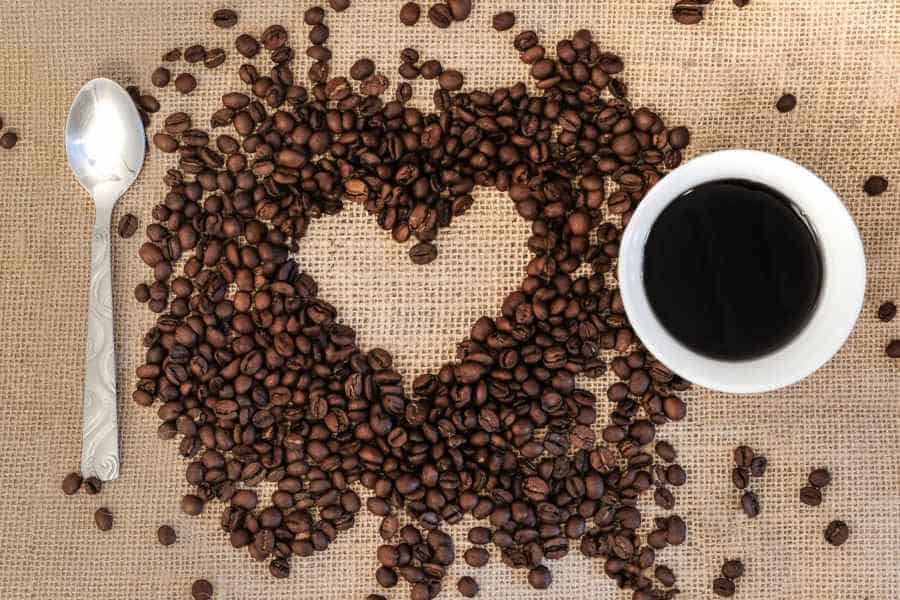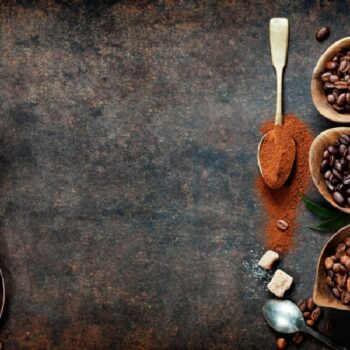Introduction
A lot of people drink coffee. In the United States alone, roughly 83% of adults take in at least one cup a day. When on the go, what’s better than something flavorful that can fill you with energy? Whether you take it with sugar, cream, or something more, rest assured you’re in good company. But something that the average coffee drinker may not understand is the complexity hidden in their cup of joe.
What is a Blend?
The blend of your coffee is derived from many factors, but there are three which stand out. The first may be as obvious as the name suggests. ‘Blend’ refers to the mixture of two different types of bean. The ratio of each type can vary. Generally speaking, a less strong flavor is used to offset a darker bean. Another factor is the variety of bean. The two most common are Mocha and Java, due to the higher yield of those plants and availability. They also taste great together. The last piece of the blend puzzle is the source of the bean. Soil can have a large contribution to the flavor notes of the blend. More acidic or balanced soils can have different effects. The roast of the bean will make a difference in flavor as well, with darker roasts being a stronger taste.
Popular Blend Styles
Mocha-Java
As mentioned above, this one is the most popular blends. The style is not so full-bodied as to be off-putting, but it has a little kick to it and the type of roast adds to the distinctions. The blend consists of Sumatran Java and Yemen Mocha. The Mocha provides the darker side of the taste, and is usually kept to about a third of the blend. Mocha is not to be confused with the blending of coffee and chocolate that is its own separate entity.
Colombian Black and Tan
A mix of a lighter roast and a darker roast coffee from a single source (Colombia). This is a great example of finding variety with a single source. Colombian beans are especially balanced with a good roast and that’s on full display here.
Kona Blend
The characteristics of the Kona variety are mild and sweet. Sadly, the availability of these beans is quite limited. This is why Kona is rarely seen as a single-source and is instead used in some type of blended form. The upside? A higher caffeine content can be introduced with the right blend!
Time-of-Day Blend
These blends can include just about anything, and the names are typically meant to indicate what foods (or lack thereof) they will pair well with. For example, a breakfast blend is usually a lighter roast that doesn’t overdo the flavor, it just gets the job done with caffeine to fuel you through the morning.
Summary
As you can see, the business of blending coffee is a diverse one indeed. While this guide is a great place to start, why not discuss some blends with friends, family, or baristas? For more information about the different types of coffee blends, visit Mochas & Javas, for coffee in San Marcos Tx, or at our Frisco coffee shop.






